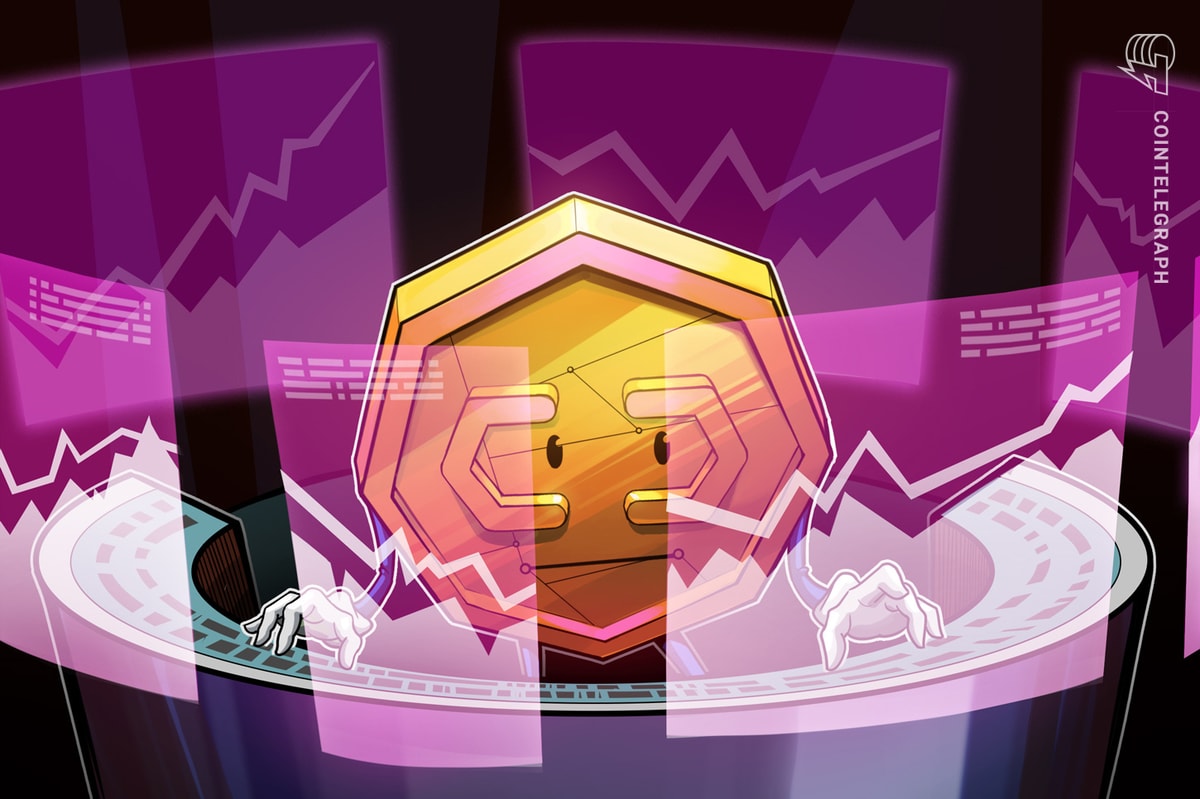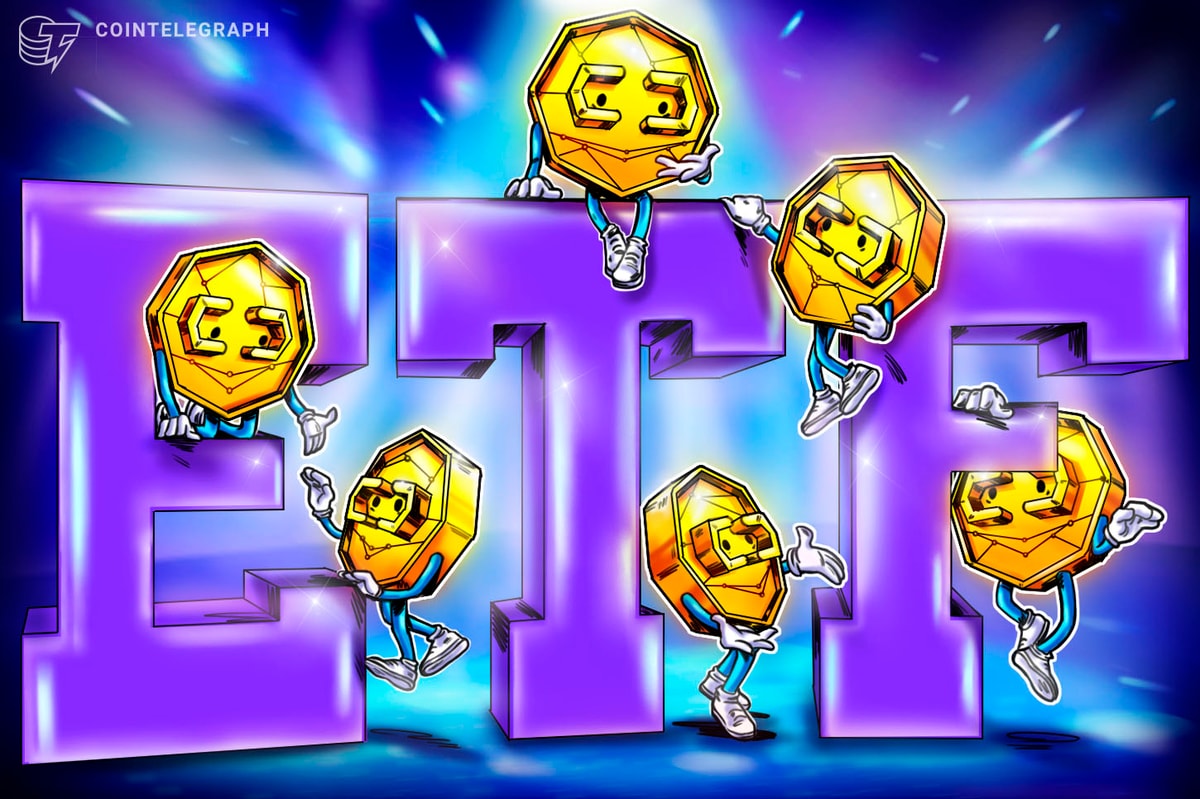While Ethereum-based layer-2 solutions have been focused on hyperscaling the network, Ethereum co-founder Vitalik Buterin believes layer 3s will serve a far different purpose — providing “customized functionality.”
Buterin shared his thoughts in a Saturday post,
Related: A beginner’s guide to understanding the layers of blockchain technology
“One possible argument for the three-layer model over the two-layer model is: a three-layer model allows an entire sub-ecosystem to exist within a single rollup, which allows cross-domain operations within that ecosystem to happen very cheaply, without needing to go through the expensive layer 1,” Buterin said.
But, Buterin said that because cross-chain transactions can be executed easily and cheaply between two layer 2s that have committed to the same chain, building layer 3s may not necessarily improve the efficiency of the network.
Buterin’s comments on possible layer 3 use cases come as StarkWare’s newly produced recursive validity proofs appear to have possibly put an end to Ethereum’s scalability concerns.
Declan Fox, the product manager at Ethereum software firm ConsenSys, recently told Cointelegraph that “with recursive rollups and proofs, we theoretically can infinitely scale.”
These recursive proofs have been well tested in production, with StarkWare co-founder Eli-Ben Sasson recently telling Cointelegraph that its recursive proofs have rolled up as many as 600,000 nonfungible token mints in a single transaction on Immutable X and that 60 million transactions could soon be on the cards “with more engineering and tweaking.”







